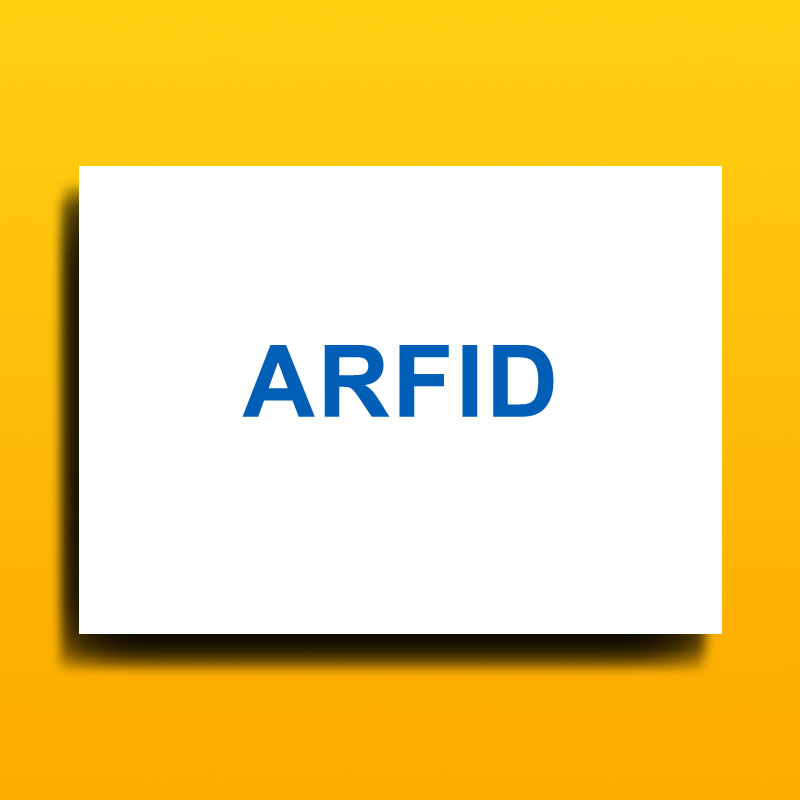ARFID - Avoidant Restrictive Food Intake Disorder
- Do you know the difference between Fussy Eating and ARFID (Avoidant Restrictive Food Intake Disorder)?
- Do you have a restricted list of foods you classify as safe?
- Do you want to eat foods that aren’t on your safe list… but just can’t?
- Does the taste, smell and texture of some food make you anxious?
If some of the above questions resonated with you, then the following information may give you a clearer understanding of SED (Selective Eating Disorder) and ARFID (Avoidant Restrictive Food Intake Disorder).
![]() Many children go through a phase of disliking some foods. Maybe it’s peas or fish, or refusing to eat certain fruits and vegetables. Traditionally these children may have been labelled as ‘picky’ or ‘fussy’ eaters.
Many children go through a phase of disliking some foods. Maybe it’s peas or fish, or refusing to eat certain fruits and vegetables. Traditionally these children may have been labelled as ‘picky’ or ‘fussy’ eaters.
More than ‘fussy’ eating
But when does someone who is labelled a ‘fussy’ eater change to being someone labelled as suffering from a Selective Eating Disorder?
SED/ARFID is predominately a phobic reaction or aversion to food; much in the same way that people develop a phobic reaction to animals, objects or certain situations.
In simple terms, an event in the child’s past created pain or trauma around food. As a result, the child’s system determines that in order to avoid future pain, it needs to stick to simple safe foods only. This strategy of avoidance and fear creates a pattern of behaviour over time that can be very difficult to break.
Causes of SED/ARFID
Some typical past events that can create food trauma in children include colic, gastroenteritis, throat infections, weaning difficulties (moving from liquids to solids), food intolerances, vaccination reactions, vomiting and emotional stress. Children are usually very young when these events occur. The inner mind, the survival part of the child, makes the association (rightly or wrongly) that food has caused pain to the body, and therefore needs to be avoided or restricted to only a small group of safe foods.
Sometimes the trauma may be unknown to both the child and the parent. Emotional trauma such as moving school, the loss of a family member, or the divorce of parents can also pre-empt a move to SED/ARFID symptoms.
The American Psychiatric Association in the latest version of its Diagnostic and Statistical Manual Of Mental Disorders has renamed SED (Selective Eating Disorder) to ARFID (Avoidant Restrictive Food Intake Disorder). ARFID/SED is typically not associated with the sufferer having any distorted or negative body issues, and is thus different to Anorexia and Bulimia.
Signs and consequences of SED/ARFID
A ‘fussy’ eater can be bribed to eat food. Maybe the promise of an ice-cream, or a trip to the movies will see the child reluctantly eat a spoonful of fruit, peas or fish. But a person with SED/ARFID would not be able to do this. Even if they were starving, their brain would not allow them to bring the food to their mouth or swallow it. The SED sufferer will most times gag or vomit if forced to eat foods not considered safe (by their system).
The ways that ARFID negatively affects a person’s life are numerous. The safe foods of the typical ARFID sufferer are predominately bland, carbohydrate based and highly refined foods. This narrow diet is unhealthy and can cause malnutrition. It can also contribute to sufferers experiencing fatigue, bloating, anaemia, high cholesterol and being obese or underweight.
ARFID also affects people’s relationships at work and school. Sufferers tend to hide their problem, so they become reclusive around celebrations and food based activities, which weakens the emotional bonds with colleagues and friends.
For the child and adolescent, things like sleepovers, parties, camps, excursions, lunchtimes, etc. become a minefield for the child and parent. ARFID creates stress in the life of both the sufferers and the family.
How do you know if you have ARFID (Selective Eating Disorder)?
- Small list of safe foods
- Inability to eat new foods
- Tantrums around food time
- Gagging or vomiting when pushed to eat new foods
- Eating behaviour has been there since childhood
- Oversensitivity to food smells, tastes and textures
- Food rules… foods to be kept separate on plate, specific brands only, etc.
- Health deteriorating due to restrictive food intake
 If you’d like more information on SED/ARFID and to connect with families and individuals facing the challenge of living with SED/ARFID, we have a dedicated Facebook group called Selective Eating Disorder SED/ARFID – Australian Support Group.
If you’d like more information on SED/ARFID and to connect with families and individuals facing the challenge of living with SED/ARFID, we have a dedicated Facebook group called Selective Eating Disorder SED/ARFID – Australian Support Group.
This is a closed group. Once you have submitted your request to join the group, it will be assessed and activated within 24 hours. We look forward to seeing you there.
How does the Program work?
Typically, by the end of the first session, most SED/ARFID clients will be calmly trying some or all of their non-safe foods.
![]() The therapy process we use for SED/ARFID sufferers has been successfully utilised with over 3,500 clients. (Figures quoted are those at both Specialist Hypnotherapy and as reported through The Heath Therapies – Felix Economakis).
The therapy process we use for SED/ARFID sufferers has been successfully utilised with over 3,500 clients. (Figures quoted are those at both Specialist Hypnotherapy and as reported through The Heath Therapies – Felix Economakis).
Therapy is conducted both in Clinic and remotely via Skype/Zoom.
ARFID therapy usually consists of one session, however a follow up (review) session may be required in some cases.
Success is defined as the client being able to CALMLY try their non-safe foods at the end of the therapy session.
- Success rates with adult clients (13 – 65 years old) tend to be over 90%.
- Success rates with adolescents (9 – 12 years old) tend to be around 65%.
- The success rate with younger children is more varied. Younger children with ARFID/SED respond better to different types of therapy. Our tailored ARFID SleepTalk process and ARFID audio recordings are two therapies that have proven successful for some younger ARFID clients.












